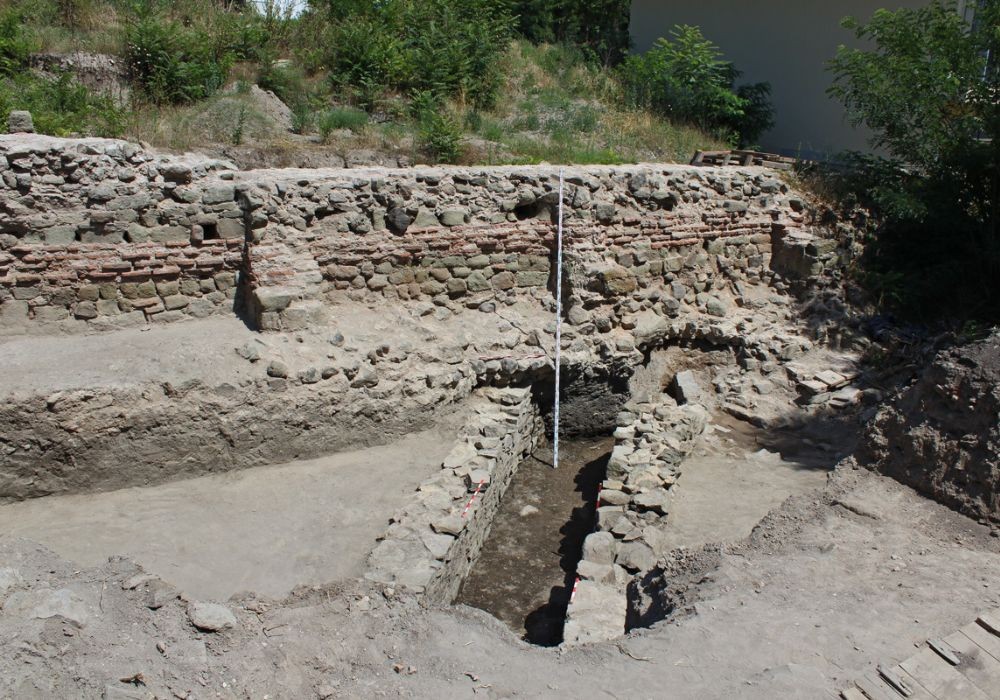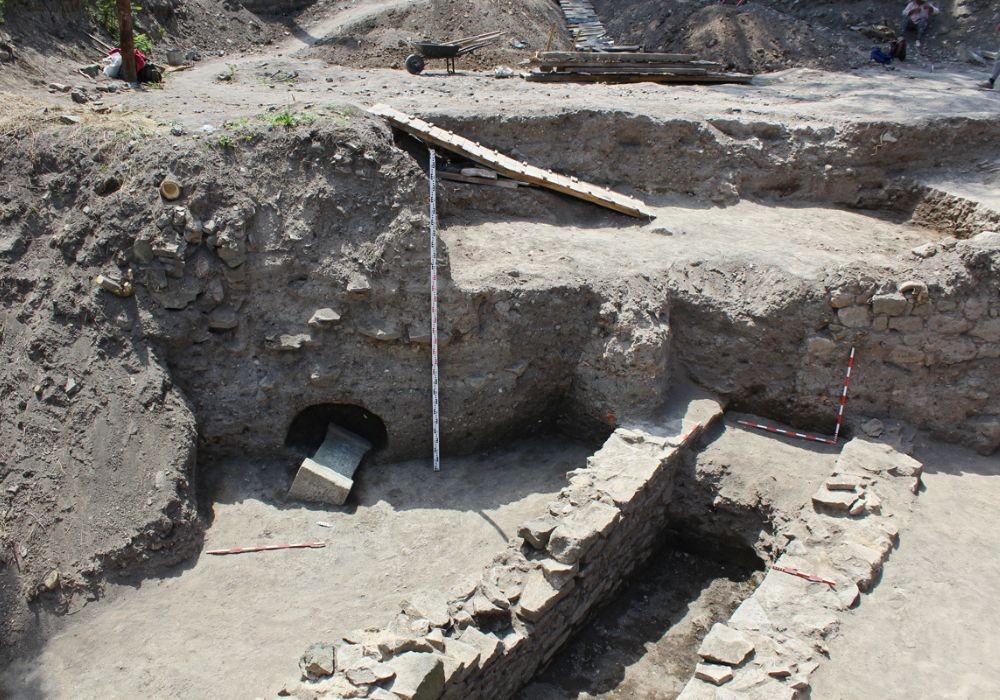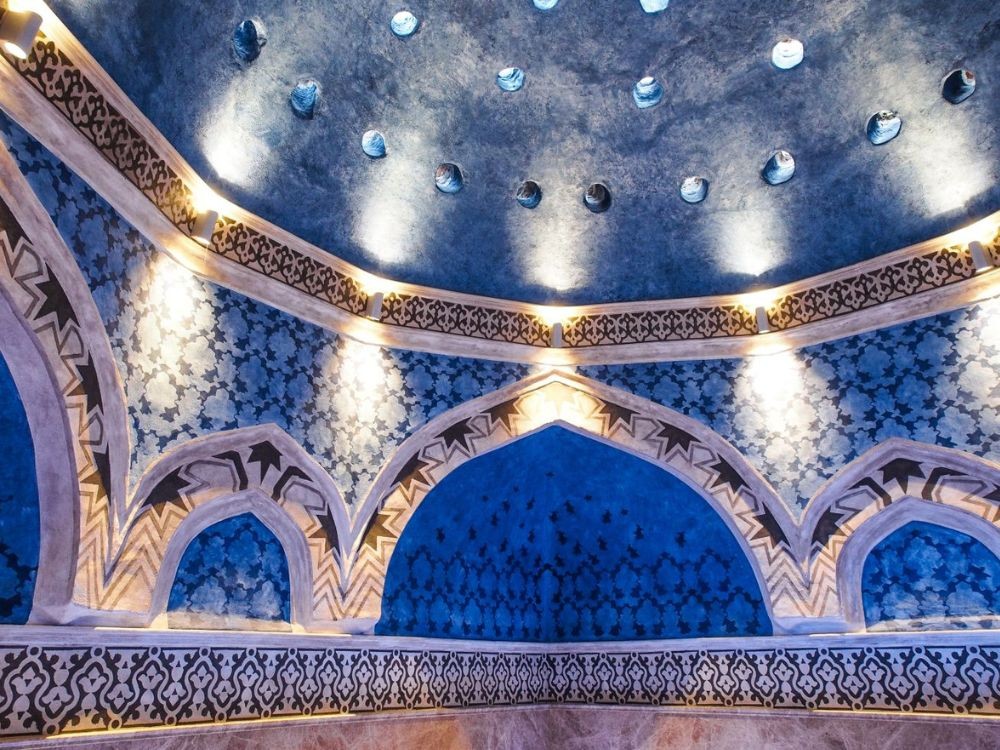Part of an ancient 1st century Roman canal was unearthed during excavations of a Roman bath on the territory of an ancient settlement called Aquae Calidae this archaeological season. Structures from medieval rooms, built using mortar and mud as binding material were also unearthed, as well as part of a Medieval wall, the Regional Museum of History in Burgas has announced.

The digs near Burgas also unearthed old coins, mostly from the 4th century, 11th century Medieval seals, as well as large amounts of 12th – 13th century earthenware. A few days ago archaeologists made a unique find – an altar, found intact, with an intriguing inscription in Latin dating to the 2nd century AD. This inscription tells us that it was made as a token of gratitude to the nymphs (protectresses of the springs and givers of health), with a dedication by a Roman officer from Parma in Italy sent to serve in the Balkans.

The warm spring at what are now the Burgas mineral baths has been known for centuries. People from near and far would flock here to pray for health and to seek a cure for their ailments. According to historical records, Aquae Calidae came into being, as far back as the first millennium BC, around the mineral springs near what is today the city of Burgas. That was when the Thracians built a beautiful sanctuary – the sanctuary of the three nymphs – close to the hot spring. The thermae complex covered an area of over half a hectare. And because there was a constant stream of people coming here for the medicinal waters, a whole town sprang up around the baths. The Romans called it Aquae Calidae – hot waters - and in 61 AD Emperor Nero built magnificent baths, later fortress walls were erected. During the Middle Ages Aquae Calidae came to be known as Therma or Thermopolis (from Greek – warm city). In the 14th century, Sultan Suleiman the Magnificent also appreciated the curative properties of the water and built a modern, for its time, Turkish bath.
In our day tourists can see the fully restored marble-clad bath belonging to Suleiman the Magnificent, with its ceramics, typical of the Orient.

Compiled by Veneta Nikolova
Photos: aquae-calidae.com, burgas.bgAfter years of decay, one of the iconic bridges built by the master craftsman Kolyo Ficheto is ready to welcome tourists again. Its official reopening will take place on August 23. The Byala Bridge was built over the Yantra River in 1865-1867 on..
From August 9 to September 10, all residents and guests of the town of Panagyurishte will again be able to see the original of the Panagyurishte Golden Treasure, the Historical Museum in the town announced. Its last return was in November last year...
The production complex at the prehistoric settlement Provadia-Solnitsata will be the focus of research during the 20th archaeological season. It is located about 100 meters from the ancient settlement and spans nearly 5 decares. The area is currently..

+359 2 9336 661
